The first time I tried to go vegetarian, it didn’t end well.
It was some time ago, and I was dating a woman who was vegetarian herself. As per the rules of love, that meant I was vegetarian too – by proxy, perhaps, but just as committed.
Unfortunately, the relationship lasted only slightly longer than the vegetarianism – and indeed may have been cut short by my inability to say no to a bacon buttie.
So when Aberdeen’s The Rowett Institute – one of the world’s leading food research centres – asked if I’d like to take part in a study looking at why people can’t stick to vegetarian diets, I jumped at the chance.
After my failed flirtation with vegetarianism, this felt like an opportunity to redeem myself – not just in the name of love, but for something bigger – science.
The planet, too. As someone who knows that eating meat is bad for the environment but can conveniently forget when cheeseburgers are on the menu, the study felt like a chance to change my habits for the better.
What is The Rowett Institute study about?
The Rowett study, called LESS: Meat (Lived Experience of Sustainability in Scotland), is part of a Scottish Government-backed effort to understand why people don’t always stick with sustainable choices, even when they believe in them.
With Scotland aiming for a 20% cut in meat consumption by 2030, researchers wanted to explore what gets in the way and what might help us change.
“You might get to the end of the trial and think, ‘I never want to do that again,’” Dr David McBey, one of the lead researchers, told me before I started. “Or you might find that some of the habits stick. We’re interested in both.”
This wasn’t a public health lecture disguised as research. It was, in his words, about the “lived experience of trying to do the right thing” – of navigating meat reduction in the real world, where cultural habits, convenience, cravings and the occasional bacon buttie all still exist.
And crucially, unlike some other trials run by the Rowett Institute, this one didn’t provide food. There were no meat-free meal kits, no delivery boxes of pre-approved lentil lasagne.
Instead, I had to make all the swaps myself – three days a week, for eight weeks. The idea was to see what that feels like in everyday life.
What I had to do for the Rowett study
Each week, I logged into an online portal to tick off which days I’d gone meat-free, answer questions about why I’d chosen them and record what I’d eaten.
I also completed weekly food recalls and longer surveys at the start and end of the trial. It was all straightforward, and as Dave pointed out, designed to be “light touch” – just enough to gather insight without overwhelming participants.
The tone, too, was supportive. “We’re not judging,” Dave reminded me when explaining the daily compliance tracker. “We’re just interested.”
As Dave explained, meat still holds a “special place” in many people’s lives.
“It’s not just about taste or nutrition. There’s culture and emotion tied up in it – and that’s what makes this topic so complex.”
His own background – with a PhD in sociology and years working in environmental modelling – helped shape the study’s focus on real-world behaviour.
“I eat meat myself,” he said. “So I know how hard it can be.”
What happened when I quit meat
Starting the study, I immediately ran into trouble. My first week coincided with a holiday I’d booked to Germany – the land of meat!
Fortunately, the friends I stayed with were long-time veggies so were able to expertly guide me.
Breakfast was fresh bread with hummus, cheeses and a lot of fake meat slices that were not as bad I expected them to be.
For dinner one night, we went to a doner kebab place called Mr Lecker, which translates as Mr Delicious.
Here, we had Mr Lecker’s locally famous Big Makali hummus wrap. I was delighted to discover that it was, indeed, delicious.
Trying out some old favourites and new recipes
I was off to a great start, and things got even easier when I returned to Aberdeen and took control of my shopping list and kitchen again.
I dusted off a few old vegetarian recipes. This might say something about me, but a lot of the recipes were tailored to appeal to meat eaters – full of chunky vegetables and savoury sauces.
Over the eight-week study I learned a few more that dampened the meat thirsts.
Some swaps were easy. Chickpea curry. Macaroni cheese. Mushroom stroganoff. Some swaps I thought would work didn’t. Back in the day, I would use Quorn mince, but now found I liked it less than I remembered.
Instead, I opted for pulses – black-eyed and butter beans made for a hearty stew when cooked with coriander, chopped tomatoes and a bit of chili pesto.
What’s the hardest part of quitting meat?
It wasn’t all plain sailing. I normally cook an evening meal and leave enough left over for lunch in the office the next day.
But because the study called for three meat-free days a week, I couldn’t do this if I allocated no-meat days on, for example, Monday, Wednesday and Friday.
It was something I would grumble about to Dave during our catch-ups, and in the food questionnaires I diligently filled in.
In fact, this was the hardest thing about doing the study – the hassle of switching between codes.
It did dawn on me that I could sidestep the trouble by going totally vegetarian, but I wasn’t ready to do that.
The end of the study: What I learned about quitting meat
By the end of the eight weeks, I hadn’t become a vegetarian. But I was eating less meat – and, crucially, doing it without much resistance.
I’d found a few go-to meals I genuinely enjoyed and had conversations with friends about food choices I wouldn’t have brought up before. I’d started to see meat as a treat rather than the default.
The trick is to keep that going. And this time to do it for myself, rather than someone else.
Check out The Rowett Institute’s volunteer page to find out how you can take part in ne of its food studies.
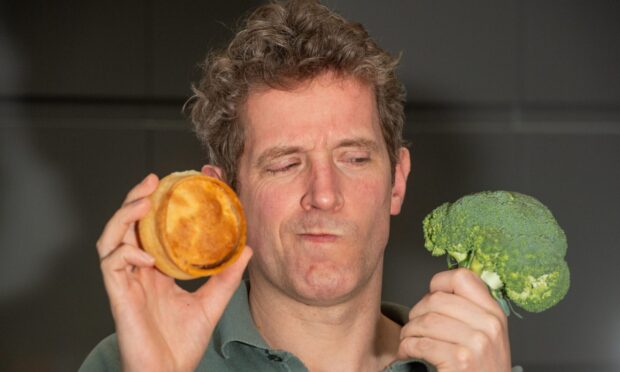
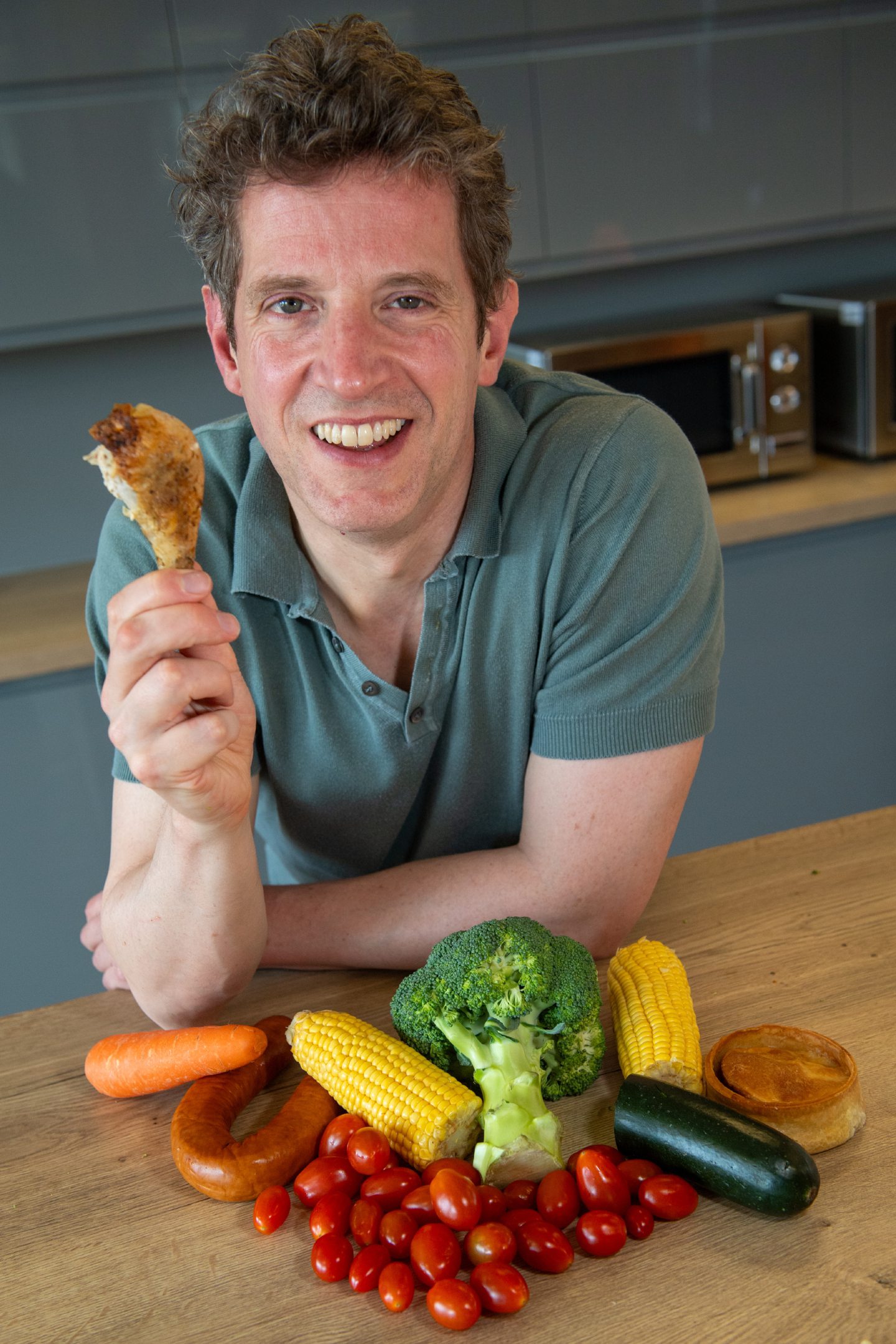

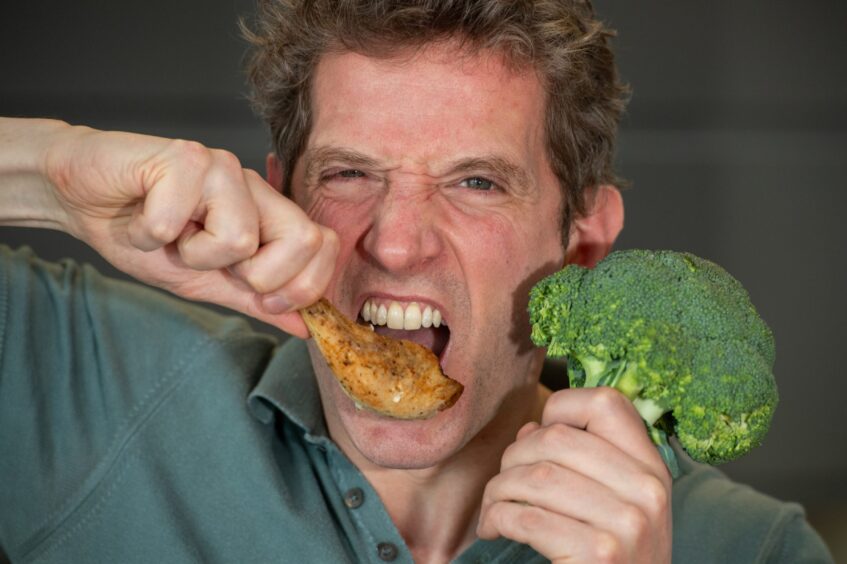
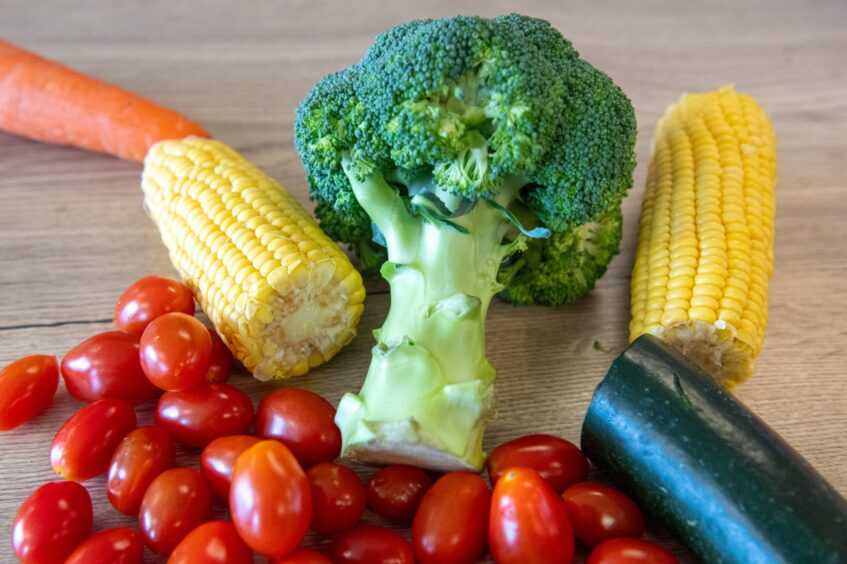
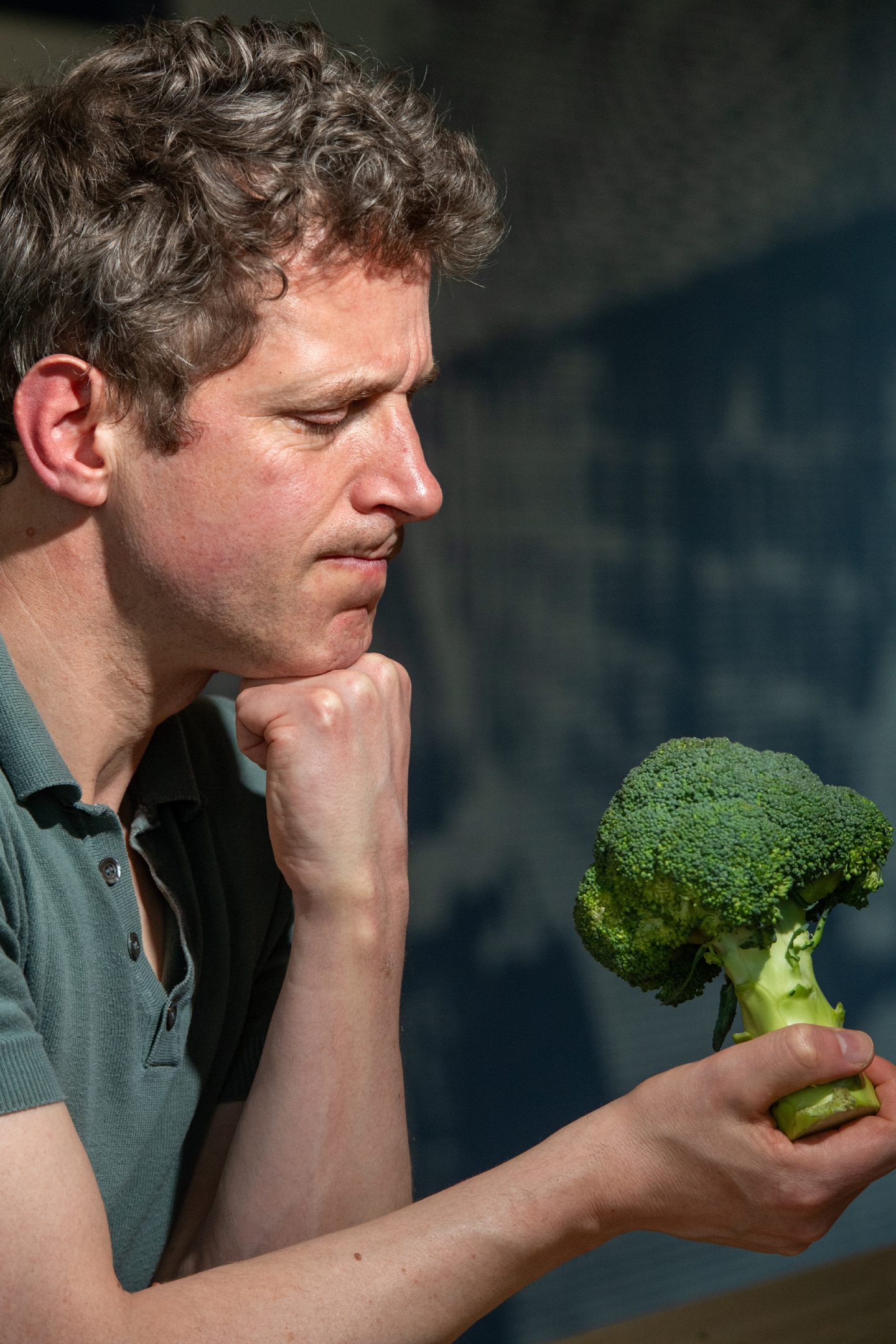
Conversation